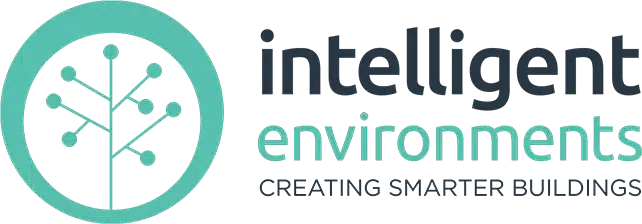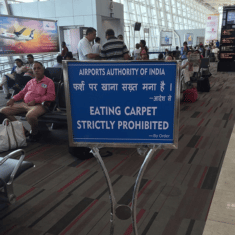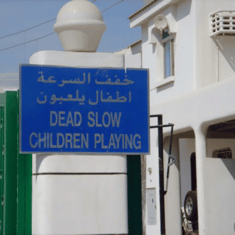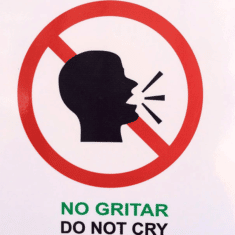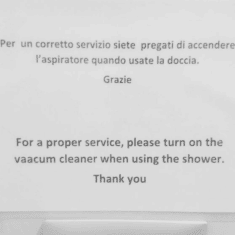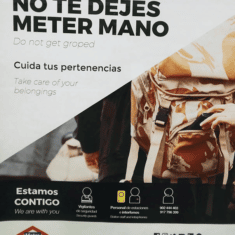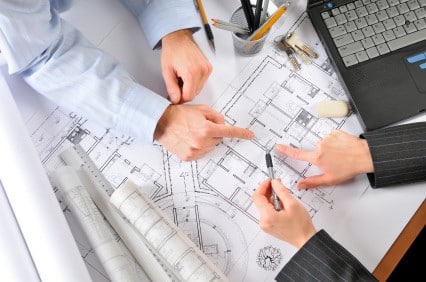What is a “DALI Gateway” and why is it needed by some control systems?
DALI (Digital Addressable Lighting Interface) is a way for lighting equipment to communicate. It is an open protocol and certified DALI devices can communicate with each other very easily, just like humans speaking in their native language.
Lost in translation
When human beings wish to communicate with others who speak a different language, they commonly use a translator, and their native language is translated into the language of those they wish to communicate with.
Employing technology, it has become easier to use an app for instance, allowing you to speak into your phone, and the phone then converts your phrase into the desired language for the recipient to hear. However, not only does this slow the whole process down, and make any real attempt of a two-way conversation extremely difficult, but the translator itself can introduce a whole range of potential errors into the conversation which can cause considerable misunderstanding by one or more of those party to the exchange.
Oops – Translation Bloopers
DALI gateways as translators
A proprietary control system is likely to have its own language for communication. If it then wishes to speak to (and therefore control) DALI devices, a translator is required. This is when a DALI gateway is necessary.
Similarly to human interaction via a translator, if a system has to translate all sent commands from the proprietary language (e.g. KNX, C-Bus, Dynalite, EIB) into DALI, the “conversation” tends to be slower, more prone to errors, and usually “one way”.
Traditionally lighting control protocols have been “one way” i.e. commands are sent out, requiring the lighting for example, to turn on.
The importance of two-way communication
A huge benefit of DALI-2 however, is bi-directional communication. With the ability for devices to respond back, the control system is able to obtain information about the status of the network or building.
Information can simply advise the current state (on or off), provide more technical input such as lamp status or battery level, or even report on room occupancy, temperature, air quality, and much more, dependent on sensors utilised.
A true DALI system, utilising smart controllers and system software, can provide comprehensive scene selection, fault diagnostics, and allows for remote monitoring and reporting, assisting with compliance for emergency lighting, and overall maintenance.
Our recommendation
Since November 2020, to be compliant with the official lighting control standard for Australia and New Zealand, any new lighting control system MUST be DALI.
As well as proposing a totally native DALI control system (with no requirement for DALI gateways), our recommendation is to ensure all DALI devices are DALI-2 certified via the DALI Alliance. If in doubt, you can check the product database which contains all certified DALI-2 components. You can then be sure there will be no miscommunication on the DALI network.
